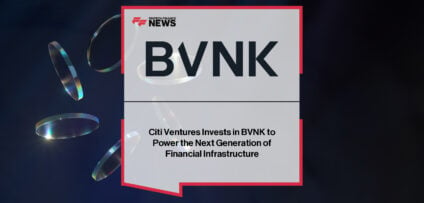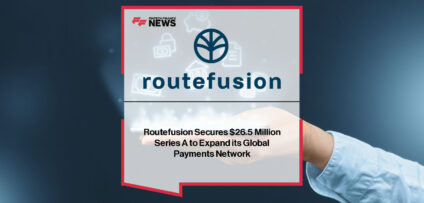Breaking News

Bridging the Engagement Gap
As new fintech companies and technology giants look to disrupt the banking sector, what can traditional banks do to bridge the engagement gap and make customers feel the love?
Banks are facing a tough crowd. According to Customer Engagement, with Interest, today only 39% of customers trust them, and just 14% feel extremely confident in the banking industry. It’s clear that there is a gap between customer expectation and what the banks themselves are able to deliver in terms of meaningful engagement.
For customers it’s a familiar story – irrelevant offers, disjointed communications and poor customer service all contribute to a general feeling that our bank isn’t acting in our best interest. It’s not unique to the banking industry, but that will be of little consolation to an industry that’s still building bridges following the financial crisis.
New kids on the block
The problem hasn’t been helped by an explosion of disruptive new fintech companies that offer customers an experience that feels shiny, new and exciting. To add to the feeling of anxiety, global technology behemoths like Amazon, Apple, Facebook and Google are circling. These new players smell an opportunity due to low levels of customer satisfaction in the traditional financial services sector.
The changing nature of the industry means customer expectations are being rewritten. A 2016 PWC report shows that only half of traditional banking customers believe their banks are customer-centric compared with 80% of fintech banks customers. To compete with disruptive challengers and emerging fintech, banks need to make personal banking, more personal. Structurally unsound
Traditional banks are at a disadvantage because, like many businesses, they’re organised in siloed departments with no coherent and unified view of the customer. It’s a very ‘inside out’ way of operating. The technology’s there: CRM systems, digital marketing systems and campaign tools, mobile apps and customer service systems; but it exists in isolation within each of these departments.
Each system has been optimised for dealing with an individual experience in a particular channel, not across the entire customer journey. They don’t talk to each other, they can’t enable a seamless customer journey as they weren’t designed to do that, or they think ‘outside in’. Consumers want to fulfil their individual banking needs with you, and for it to be easy, quick and comprehensive.
Walking the tightrope
Balancing customer needs with business objectives is not easy, but whether the objective is retaining customers, increasing share of wallet or net new customer acquisition customer, experience is the key.
Banks must look at how they understand the customer and their journey, and use everything they know about them to improve experiences on and offline – continuously. And what improves the experience for one customer may not be the same for another. It’s about understanding an individual’s needs by listening to what they’re telling you through their behaviour, and responding in kind.
Upping your game across the entire customer journey, joining online and offline interactions and focusing on providing value, seamlessly, every time, will build trust and stronger relationships that last.
What’s the magic formula?
It consists of a number of elements which, contrary to myth, are easily achieved – you’ll be relieved to hear a huge team with a budget to match is not required. Here’s how you can make a start.
1. Acknowledge the need to become a customer-centric brand and recognise or evaluate the gaps you might have to achieving that.
2. Engagement is broad and spans many departments, so don’t forget to include them all when the time is right.
3. Understand the journeys your customers take, and listen to them. This will allow you to establish a clear vision of what ‘good’ looks like.
4. Establish success criteria for each stage of your transition to a customer-centric bank.
5. True customer engagement is a blend of the right technology to unify the business and its existing systems and processes – plus a ‘customer-first’ company culture and process.
6. Start small. Focus on the easy wins, tackle the manageable areas of your business first, showcase the results and grow from there.
The responsibility for customer engagement is a new thing in business, often associated with uncertain objectives and unknown outcomes. But to close the engagement gap banks must move from a place of uncertainty to a place where the business is unified in its ambitions and actions. Only then can they deliver a truly personalised and consistent experience for customers and start to rebuild the trust that’s proved so elusive.
Jason Hemingway, CMO at Thunderhead
- EXCLUSIVE: “Passion Project” – Brice van de Walle, Mastercard in ‘The Fintech Magazine’ Read more
- FreedomPay Drives Global Merchant Innovation Read more
- FIS Brings AI-Powered Advancements to Seamless, Personalized Digital Banking Experiences Read more
- Citi Ventures Invests in BVNK to Power the Next Generation of Financial Infrastructure Read more
- Nearly Two-Thirds of Global Retailers Say Payment Method Flexibility Drives Revenue Growth, ACI Worldwide Survey Finds Read more














